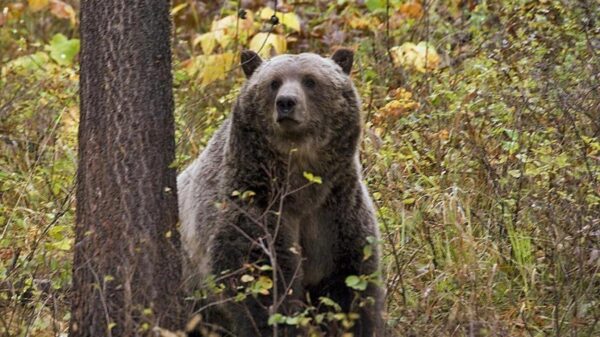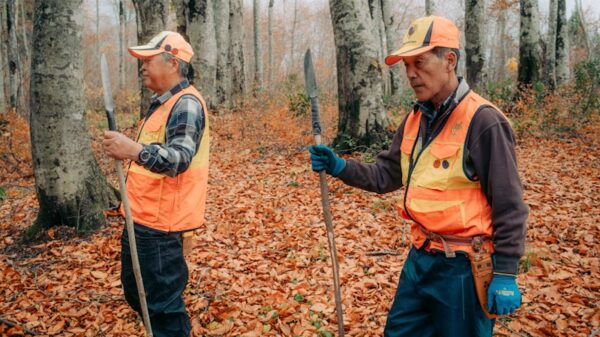The reed leafhopper, scientifically known as Pentastiridius leporinus, has rapidly evolved from a grass-specific insect to a significant agricultural pest. Initially feeding exclusively on reed grass, this pest has expanded its diet to include vital crops such as sugar beets, potatoes, carrots, and onions. This shift poses a substantial threat to crop yields and farmer livelihoods.
The transformation of the reed leafhopper reflects a broader trend in pest adaptation, which has raised alarms among agricultural experts. According to the Agricultural Research Service, the insect’s ability to exploit diverse food sources underscores its resilience and adaptability. This has resulted in increased infestations across various regions, particularly in the United States and parts of Europe.
Impact on Agriculture
Farmers are now facing significant challenges due to the reed leafhopper’s newfound versatility. As this pest targets a wider range of crops, the potential for damage has escalated. In the past year alone, infestations have led to a decline in yields, particularly in areas where sugar beets and onions are cultivated. Experts estimate that crop losses could reach up to 20% in severely affected fields.
The economic implications of this pest’s spread are substantial. With agricultural sectors already strained by various challenges, including climate change and labor shortages, the emergence of the reed leafhopper adds another layer of complexity. Farmers may need to invest heavily in pest control measures, further straining their resources.
Research and Mitigation Strategies
In response to the growing threat, research initiatives are underway to better understand the biology and behavior of the reed leafhopper. Scientists are investigating the microbial communities associated with the insect, which may play a role in its adaptability and resilience. Understanding these microbial interactions could lead to innovative pest management strategies.
Integrated pest management (IPM) is being emphasized as a key approach in combating the reed leafhopper. This strategy combines biological control methods, cultural practices, and the judicious use of pesticides to manage pest populations while minimizing environmental impact. Farmers are being encouraged to monitor their fields closely and adopt proactive measures to mitigate the risk of infestations.
The rise of the reed leafhopper serves as a reminder of the dynamic nature of agricultural ecosystems. As pests continue to adapt to changing environments and new crop varieties, ongoing research and collaboration among farmers, scientists, and agricultural organizations will be essential in safeguarding food production and ensuring sustainable practices.
In conclusion, the emergence of the reed leafhopper as a major crop pest highlights the importance of vigilance and adaptability in agriculture. As this insect continues to pose threats to a variety of crops, the agricultural community must work together to develop effective strategies to protect food supplies and support farmers worldwide.



























































